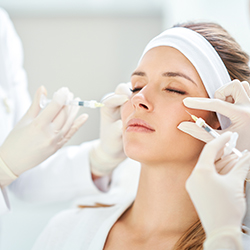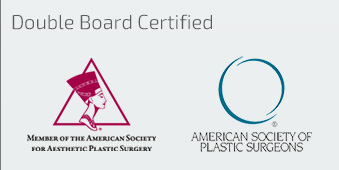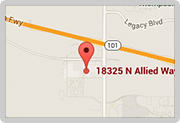The Similarities and Differences Between Dysport and Botox
Published on September 11, 2023 by Sumer Daiza
Dysport and Botox are two popular cosmetic treatments that are widely used for reducing the appearance of wrinkles and fine lines. Both products belong to a class of drugs known as neuromodulators or neurotoxins, which work by temporarily relaxing the muscles that cause wrinkles. While Dysport and Botox share many similarities, they also have some differences in terms of formulation, potency, onset of action, and dosage.
Similarities
Mechanism of Action – Both Dysport and Botox contain botulinum toxin type A, which is derived from the bacterium Clostridium botulinum. This toxin acts as a neuromuscular blocking agent, preventing nerve signals from reaching the muscles. As a result, this reduces the muscle contractions that lead to fine wrinkles.
Usage – Both Dysport and Botox are used for the treatment of frown lines between the eyebrows, crow’s feet around the eyes, horizontal forehead lines, and other facial wrinkles caused by muscle movement.
Non-Surgical – Both treatments are non-surgical and involve the injection of the neurotoxin through the skin directly into the targeted muscles.
Temporary Results – The effects of both Dysport and Botox are temporary, typically lasting around three to four months. After this period, repeat treatments are necessary to maintain the desired results.
Safety Profile – Both products have a long history of safe use when administered by qualified medical professionals.
Differences
Formulation and Potency – While Dysport and Botox share the same basic active ingredient (botulinum toxin type A), the products have different formulations and potencies. Dysport units are smaller than Botox units, and the potency of Dysport is often considered slightly lower. As a result, larger quantities of Dysport may be required to achieve the same effect as Botox.
Spread and Diffusion – Dysport is known to have a wider spread, or diffusion, from the injection site compared to Botox. This can be advantageous for treating larger areas, but it may require a higher level of skill from the practitioner to avoid unintended muscle relaxation in nearby areas.
Onset of Action – Dysport tends to have a slightly faster onset of action compared to Botox. Patients may start to notice results from Dysport within a couple of days, while Botox typically takes a few more days for its effects to become apparent.
Dosage and Injection Technique – Due to the differences in potency and spread, the dosing and injection techniques for Dysport and Botox can vary. A skilled practitioner will consider these differences when determining the appropriate dosage and injection sites for each treatment.
Research and Clinical Trials – Dysport and Botox have been studied in separate clinical trials, and while their overall effectiveness and safety profiles are similar, research has highlighted subtle variations in outcomes and patient experiences.
Individual Patient Response – Some patients may find that they respond better to one product over the other. Factors such as metabolism, muscle structure, and immune-system responses can influence how an individual’s body reacts to each treatment.
Contact Us to Learn More
If you are considering Dysport or Botox, talk to Dr. Daiza at Plastic Surgery Center Of Scottsdale to find out which is best for you. Contact us to schedule your consultation and begin your journey to ageless beauty.






